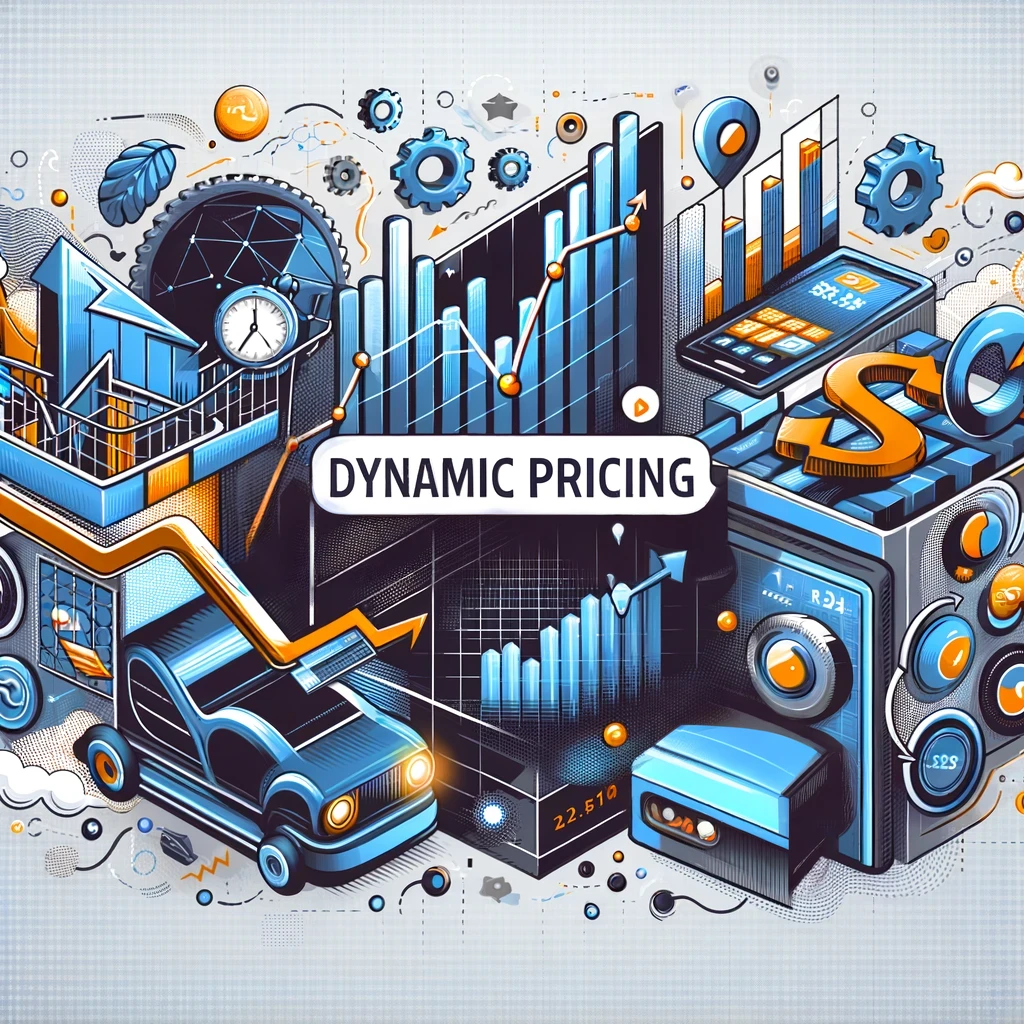Benefits of the Dynamic Pricing Based on Market Demand
Maximized Revenue
Dynamic pricing continuously adjusts prices based on real-time market conditions, allowing businesses to capitalize on high demand and optimize their revenue streams. By analyzing market trends, customer behavior, and historical sales data, the system ensures prices are neither too low to miss out on potential profits nor too high to deter customers. This proactive approach prevents revenue loss from static pricing models and leverages every opportunity to increase sales, providing a significant boost to the bottom line.
Competitive Edge
Staying ahead in a competitive market requires agile pricing strategies. Dynamic pricing allows businesses to respond swiftly to competitors' price changes, ensuring their products remain competitively priced without manual intervention. The system continuously monitors competitor prices and adjusts accordingly, enabling businesses to offer the best possible prices at any given moment. This not only attracts more customers but also helps in retaining them by consistently offering value, thus maintaining and strengthening the market position.
Improved Inventory Management
Efficient inventory management is crucial for profitability. Dynamic pricing helps align product prices with real-time demand, reducing the likelihood of overstocking or stockouts. By adjusting prices to manage the flow of inventory, businesses can clear out slow-moving items more quickly and avoid the costs associated with holding excess stock. This dynamic approach to pricing and inventory ensures that stock levels are optimized, reducing waste and improving overall supply chain efficiency.
How Does It Work?
Data Collection
The system continuously gathers data from multiple sources, including market trends, competitor pricing, historical sales data, and real-time customer behavior. This data is stored in a central repository for easy access and analysis. By integrating with various data feeds and APIs, the system ensures that the most current and relevant data is used for pricing decisions.
Algorithm Processing
The collected data is processed using advanced machine learning algorithms. These algorithms analyze patterns and trends to predict future market demand. Techniques such as regression analysis, time-series forecasting, and clustering are employed to identify optimal pricing points. The algorithms are regularly updated and retrained with new data to improve accuracy and adapt to changing market conditions.
Price Adjustment
Based on the algorithmic analysis, the system dynamically adjusts prices in real-time across the e-commerce platform. Pricing rules can be customized to align with business strategies, such as setting minimum and maximum price limits, and ensuring prices are competitive yet profitable. The system can handle bulk price updates efficiently, ensuring that thousands of products are updated simultaneously without manual intervention.
Real-time Data Processing and User Interface
Establish a robust infrastructure for real-time data processing, capable of handling high-frequency data inputs and providing instant pricing adjustments. Utilize cloud-based solutions to ensure scalability and reliability. Develop a user-friendly interface that provides clear visibility into pricing changes, analytics, and system performance. This interface allows users to set pricing parameters, monitor algorithm performance, and access detailed reports on pricing impact, helping them make informed decisions.
